Profit climbed 31 percent after taxation of $258 million to $615 million in the September quarter this year at Lasco Manufacturing, from $469 million after provision for taxation amounting to $210 million in 2022. For the half year, after taxation of $453 million, profit jumped 29 percent to $1.14 billion from $883 million in 2022 after taxation of $361 million.
 Sales revenues rose 11 percent for the quarter, to $3.19 billion from $2.9 billion in 2022 and grew 10 percent for the year to date, to $6 billion from $5.5 billion in 2022.
Sales revenues rose 11 percent for the quarter, to $3.19 billion from $2.9 billion in 2022 and grew 10 percent for the year to date, to $6 billion from $5.5 billion in 2022.
After a brief one year dip in profit in the 2020 fiscal year, profit has been on a roll since and seems destined for a new record in the current fiscal year ending next March.
Management delivered an improvement in profit margin in the second quarter to 38 percent from 37 percent last year resulting in gross profit rising faster than sales with an increase of 13 percent, with a gross profit of $1.22 billion versus $1.08 billion in 2022. Gross profit for the half year soared 38 percent from 36 percent last year, resulting in an increase of 16 percent to $2.3 billion compared with $1.98 billion in 2022.
Operating expenses rose by just 4 percent in the quarter and half year to $394 million in the second quarter from $378 million in 2022 second quarter and in the half year to $755 million from $725 million in 2022. Finance cost declined in the quarter, to $23 million from $36 million in 2022 and from $15 million to $5 million for the six months period.
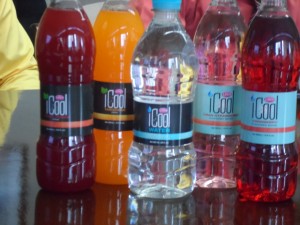
Lasco’s ICool drinks.
The operations generated Gross cash flow of $588 million and it was increased to $778 million after a reduction in funds previously tied up in working capital, additions to fixed assets of $309 million. After pumping $589 million into short term investments and $496 million in dividends the net cash position ended at $1.6 billion.
Current assets ended at $9.2 billion inclusive of trade and other receivables of $3.3 billion, cash and bank balances of $3.8 billion, while inventories were steady at $2 billion. Current liabilities ended at $1.86 billion. Net current assets was a solid $7.3 billion.
At the end of September, shareholders’ equity closed at $11.75 billion up from $9.9 billion at the end of September last year. There was no long-term borrowing, while short term loan was just $89 million.
Earnings per share for the quarter was 15 cents and 28 cents for the year to date. IC Insider.com computation projects earnings of 70 cents per share for the fiscal year ending March 2024 and 90 cents in 2025, with a PE of 6.7 times the current year’s earnings based on the price of $4.60 the stock traded at on the Jamaica Stock Exchange
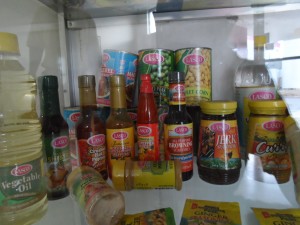
Lasco’s products
Junior Market and the value is well down on the average for the market at 11.6, a clear indication of the potential gains ahead in the price. Net asset value ended the period at $2.85 with the stock selling at 1.6 times book value.
The company is in a healthy financial position to do a major acquisition, with no major loan commitment currently and a tidy wad of liquid funds, with more to come as profit increases in the rest of the fiscal year.
Buy and hold for a few years until growth in sales and profit slows considerably to single digits, investors should see a doubling in the stock price by next year June.
ICInsider.com gives the stocks Buy Rated seal of approval.
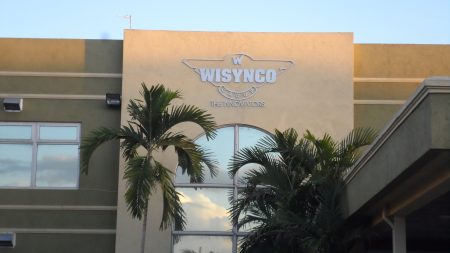
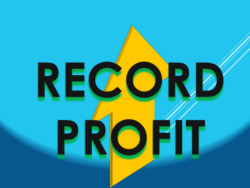 Profit after tax jumped 139 percent to $236 million over the $94 million generated in 2022. Results equated to earnings per share of 23 cents up from 9 cents in 2022. ICInsider.com revised earnings for the current fiscal year to 40 cents from 30 cents previously and 85 cents for the fiscal year ending February 2025.
Profit after tax jumped 139 percent to $236 million over the $94 million generated in 2022. Results equated to earnings per share of 23 cents up from 9 cents in 2022. ICInsider.com revised earnings for the current fiscal year to 40 cents from 30 cents previously and 85 cents for the fiscal year ending February 2025.
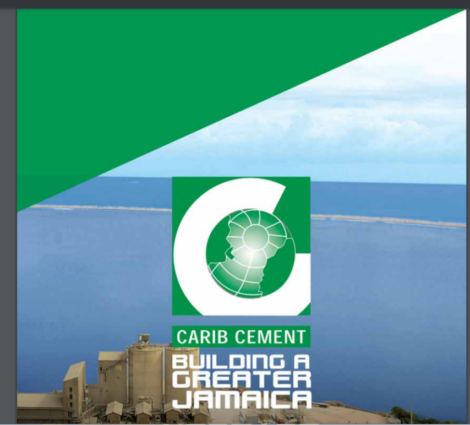 The improved full year results flowed from an 8.4 percent rise in sales revenue to $25.8 billion, from $23.84 in 2021. Revenues were almost flat for the December quarter at $6.15 billion against $6.04 billion in 2021.
The improved full year results flowed from an 8.4 percent rise in sales revenue to $25.8 billion, from $23.84 in 2021. Revenues were almost flat for the December quarter at $6.15 billion against $6.04 billion in 2021.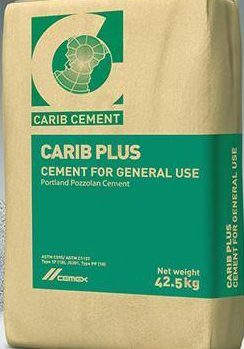
 Gross profit margin fell in the first quarter to just 34 percent but rebounded to 37 percent in the second quarter to September this year, similar to what obtained in 2021 and brought the year to date margin to 36 percent compared to 37 percent the previous year, suggesting the company has now restored the margins to 2020 levels.
Gross profit margin fell in the first quarter to just 34 percent but rebounded to 37 percent in the second quarter to September this year, similar to what obtained in 2021 and brought the year to date margin to 36 percent compared to 37 percent the previous year, suggesting the company has now restored the margins to 2020 levels. The fourth quarter generated revenues of $339 million up 96 percent from $173 million in the May 2021 quarter, with profit surging to $82 million for the quarter, from a minuscule $10 million in 2021 before losses from the discontinued business.
The fourth quarter generated revenues of $339 million up 96 percent from $173 million in the May 2021 quarter, with profit surging to $82 million for the quarter, from a minuscule $10 million in 2021 before losses from the discontinued business. Sygnus
Sygnus Mezzanine financing is a hybrid of debt and equity financing that gives the lender the right to convert to an equity interest in the company in case of default, generally, after venture capital companies and other senior lenders are paid.
Mezzanine financing is a hybrid of debt and equity financing that gives the lender the right to convert to an equity interest in the company in case of default, generally, after venture capital companies and other senior lenders are paid.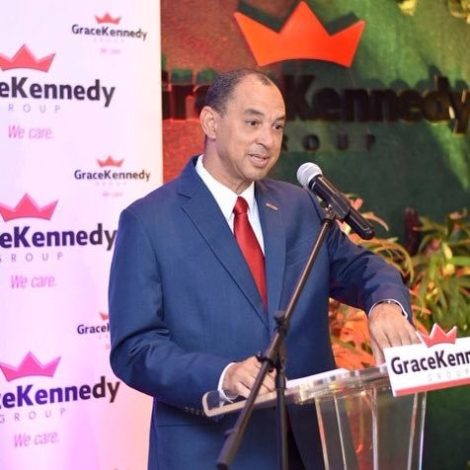
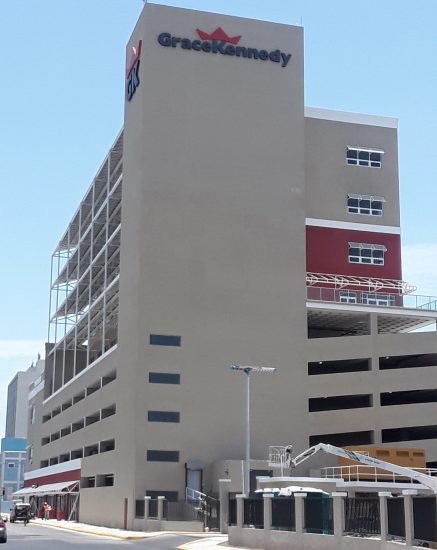

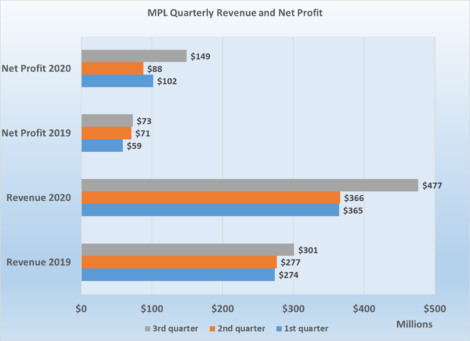 Administrative, selling and promotion expenses increased 22 percent over the second quarter and slipped two percent from the September 2019 quarterly figure of $86 million to $84 million. The Executive Chairman attributes the increase in expenses in the third quarter over the second quarter to its expanding operations, the partnership with PriceSmart presumably one such notable factor.
Administrative, selling and promotion expenses increased 22 percent over the second quarter and slipped two percent from the September 2019 quarterly figure of $86 million to $84 million. The Executive Chairman attributes the increase in expenses in the third quarter over the second quarter to its expanding operations, the partnership with PriceSmart presumably one such notable factor.
 Operating revenues rose nine percent for the quarter, to $461 million from $422 million and six percent for the year to date, from $840 million in 2019 to $891 million. For the fiscal year to February, this year, revenues rose by 10 percent to $1.7 billion.
Operating revenues rose nine percent for the quarter, to $461 million from $422 million and six percent for the year to date, from $840 million in 2019 to $891 million. For the fiscal year to February, this year, revenues rose by 10 percent to $1.7 billion.





